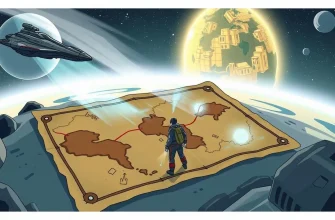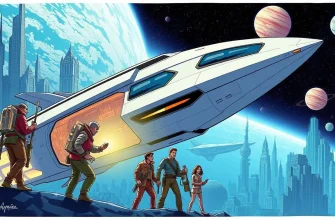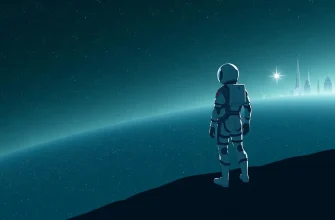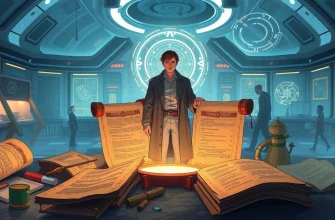Embark on a cinematic journey through space, time, and beyond with our curated list of the top 10 sci-fi mission movies. These films not only entertain but also challenge our perceptions of what's possible, showcasing humanity's relentless pursuit of the unknown. Whether it's a mission to save Earth, explore new worlds, or unravel the mysteries of the universe, these films offer a thrilling blend of adventure, technology, and human spirit.
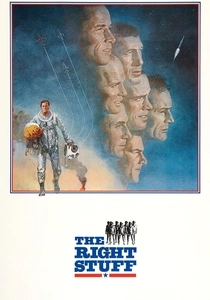
The Right Stuff (1983)
Description: Chronicling the early days of the U.S. space program, this film focuses on the test pilots selected to become astronauts, highlighting their missions and personal sacrifices.
Fact: The film was critically acclaimed for its portrayal of the Mercury Seven astronauts and the era's space race tension.
 Watch Now
Watch Now 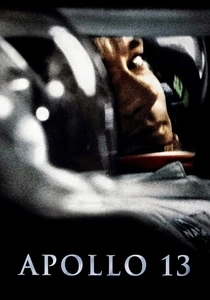
Apollo 13 (1995)
Description: Based on the true story of the Apollo 13 lunar mission, this film captures the intense struggle to bring the astronauts back to Earth safely after a catastrophic failure.
Fact: The film's accuracy was praised by NASA, with many of the original astronauts and mission control staff consulted during production.
 Watch Now
Watch Now 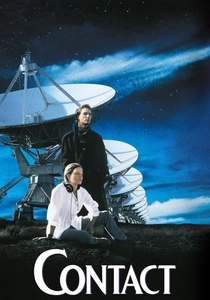
Contact (1997)
Description: Dr. Ellie Arroway receives a message from an alien civilization, leading to a mission to make first contact, exploring themes of faith, science, and human connection.
Fact: The film is based on Carl Sagan's novel and features a cameo by him as a guest at a White House event.
 Watch Now
Watch Now 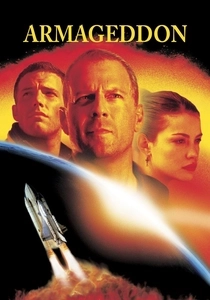
Armageddon (1998)
Description: A team of deep-core drillers is sent to space to destroy an asteroid on a collision course with Earth, showcasing a high-stakes mission to save humanity.
Fact: The film required extensive special effects to simulate space travel and the asteroid's destruction.
 Watch Now
Watch Now 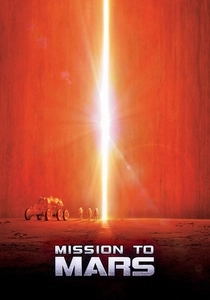
Mission to Mars (2000)
Description: A rescue mission to Mars turns into a quest for the origins of life, blending science fiction with human drama and exploration.
Fact: The film features real NASA footage and was one of the first to depict Mars in a realistic manner.
 Watch Now
Watch Now 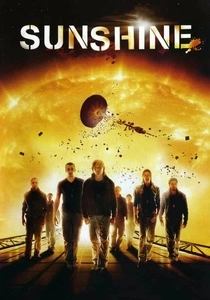
Sunshine (2007)
Description: A group of astronauts embark on a mission to reignite the dying sun with a massive bomb, facing psychological and physical challenges along the way.
Fact: The film's director, Danny Boyle, aimed for scientific accuracy, consulting with astrophysicists to ensure the plot was plausible.
 Watch Now
Watch Now 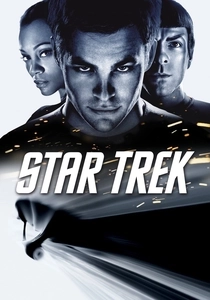
Star Trek (2009)
Description: The crew of the USS Enterprise embarks on their first mission to save Earth from a vengeful Romulan, blending action, adventure, and the spirit of exploration.
Fact: This film rebooted the Star Trek franchise, introducing a new timeline and younger versions of the iconic characters.
 Watch Now
Watch Now 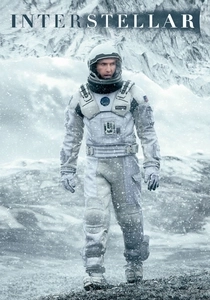
Interstellar (2014)
Description: A team of astronauts travel through a wormhole in search of a new home for humanity, facing the harsh realities of space travel and time dilation.
Fact: The film was inspired by Kip Thorne's theories on wormholes and black holes, and the visual effects team worked closely with him to ensure scientific accuracy.
 Watch Now
Watch Now 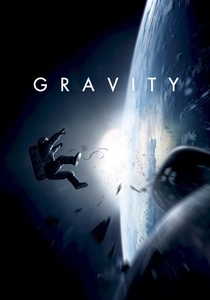
Gravity (2013)
Description: Dr. Ryan Stone must navigate her way back to Earth after a space disaster leaves her adrift in space, showcasing the isolation and danger of space missions.
Fact: The film was shot in a way to simulate zero gravity, with actors suspended on wires and using rigs to mimic floating in space.
 Watch Now
Watch Now 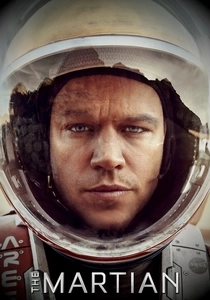
The Martian (2015)
Description: Astronaut Mark Watney is left stranded on Mars after his crew presumes him dead. His mission becomes one of survival and ingenuity to signal Earth for rescue.
Fact: The film's depiction of Mars was so accurate that NASA used some of the movie's visuals for educational purposes.
 Watch Now
Watch Now 

